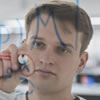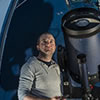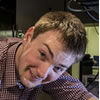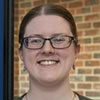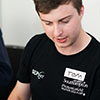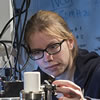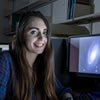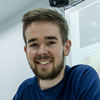There are no forthcoming events currently listed.
Dr. Caitriona Jackman has spent virtually all of her academic career focused on Saturn and, more specifically, on the vast amount of data sent back to Earth by the Cassini-Huygens mission to the ringed planet.
Conceived in the 1980s as a successor to the Voyager and Pioneer spacecraft, Cassini was launched in 1997 and eventually as a dedicated mission to Saturn in 2004 â just after Dr. Jackman, now Associate Professor in Physics and Astronomy at the University of Southampton, began her PhD.
As the Cassini mission reaches its final stages and prepares to plunge into the gaseous cloud surrounding Saturn Dr. Jackman is excited but with a hint of melancholy as the probe ends its 20-year mission.
âIâve had the immense privilege of working with Cassini data from the very beginning of my PhD which started back in 2003 when the probe was just on its way to Saturn,â? Dr. Jackman recalls. âMy supervisor was part of the magnetometer team - the instruments on the spacecraft that measure the magnetic field, - so I was analysing that data throughout my PhD.
âSaturn is a really beautiful planet; the rings are iconic and everybody can picture what it looks like in the night sky,â? she continues. âAnd, as the seasons change and the tilt of the rings change, you get a different view of Saturn every time which is very special.
âOver the years, my research has been to study the magnetic field of Saturn, to study the aurora (the northern and southern lights), so having spent most of my waking hours for the last 13 years thinking about Saturn, itâs going to be quite strange for Cassini to no longer be actively taking data,â? Dr Jackman admits.
âWe went there with certain questions,â? she explains. âWe wanted to chart the magnetic field of the planet, we wanted to examine the moons, we wanted to land on Titan - which we did successfully - but weâve also had many surprises.
âFor example, in charting the moons of Saturn we discovered many more moons and we also discovered that one of the moons â Enceladus - is producing geysers of water vapour from cracks on the surface,â? she continues. âSuch unexpected discoveries can change the course of a mission.
âI think it is important to emphasise that the mission doesnât end on the 15 September in the sense that the data will be there and will be actively analysed for many, many years to come.â?
Articles that may also interest you
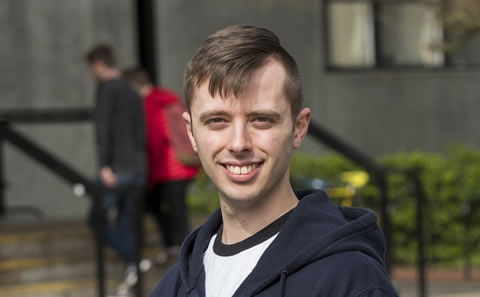
Connor Penfold
"I spent my 6-month industrial placement at NKT Photonics, which gave me industry experience that will set me aside from other students, and a valuable insight to how physics is used in industry."
